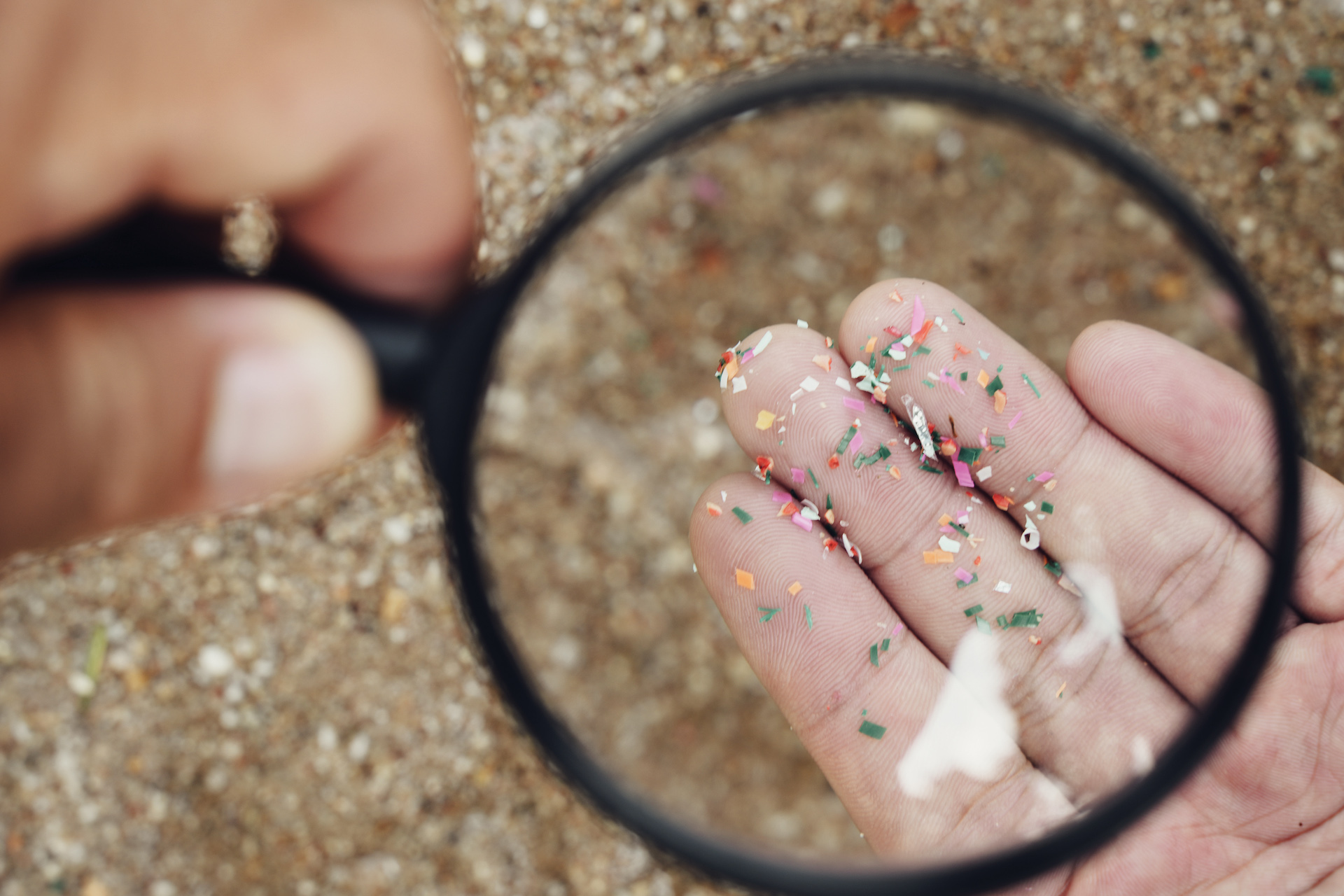Hearing talk of microplastics and their health effects? We spoke with Hassan El-Fawal, professor of biomedical and health sciences and founder of AUC's Institute of Global Health and Human Ecology, to clarify what exactly these fragments are.
Microplastics (MPs) refer to nonbiodegradable plastic particles smaller than 5 mm in length. They can be found in a number of different products and processes, such as plastic pellets for use in industry, personal care products and more.

These tiny particles are often unintentionally dispersed into the environment due to degradation through sunlight, heat and mechanical abrasion.
Research shows that MPs have been found in tissues and organs of children and adults, potentially causing chronic inflammation, changes in immune responses, brain damage and transport of other toxic chemicals. However, the jury is still out on their long-term health impact.
Where Are MPs?
As a consequence of improper disposal, MPs have directly entered the food chain and impacted marine life as well as soil and air quality. Due to their size and chemical composition, MPs can absorb and concentrate organic contaminants, such as pesticides, and toxic heavy metals, such as cadmium, zinc, nickel and lead. Where are we seeing more MPs?
- Our food: Many studies have reported MPs in fish from the Nile River, as well as the Red and Mediterranean seas.
- Sunscreen: Red Sea researchers highlight concerns about coral reefs due to the immense amount of sunscreen (1.7 tons per month) released into the water, leaving behind microplastics.
- In the kitchen: Non-stick teflon pans, as well as plastic cutting boards, blenders and storage containers.
- Out and about: Water bottles, takeaway containers, clothing and tea bags.
Tips for Reducing Exposure
While scientists and engineers are working on solutions
to remove MPs from our ecosystem, their accumulation in our bodies is believed to be irreversible. Here are a few tips to avoid microplastics.
- Don't heat food in plastic storage containers.
- Responsibly dispose of plastic containers.
- Replace your plasticware with glass whenever possible.
- Volunteer to pick up and get rid of plastic litter in your neighborhood.
- Become aware of what constitutes "safe" -- not all plastics are created equal.
-By Celeste Abourjeili


